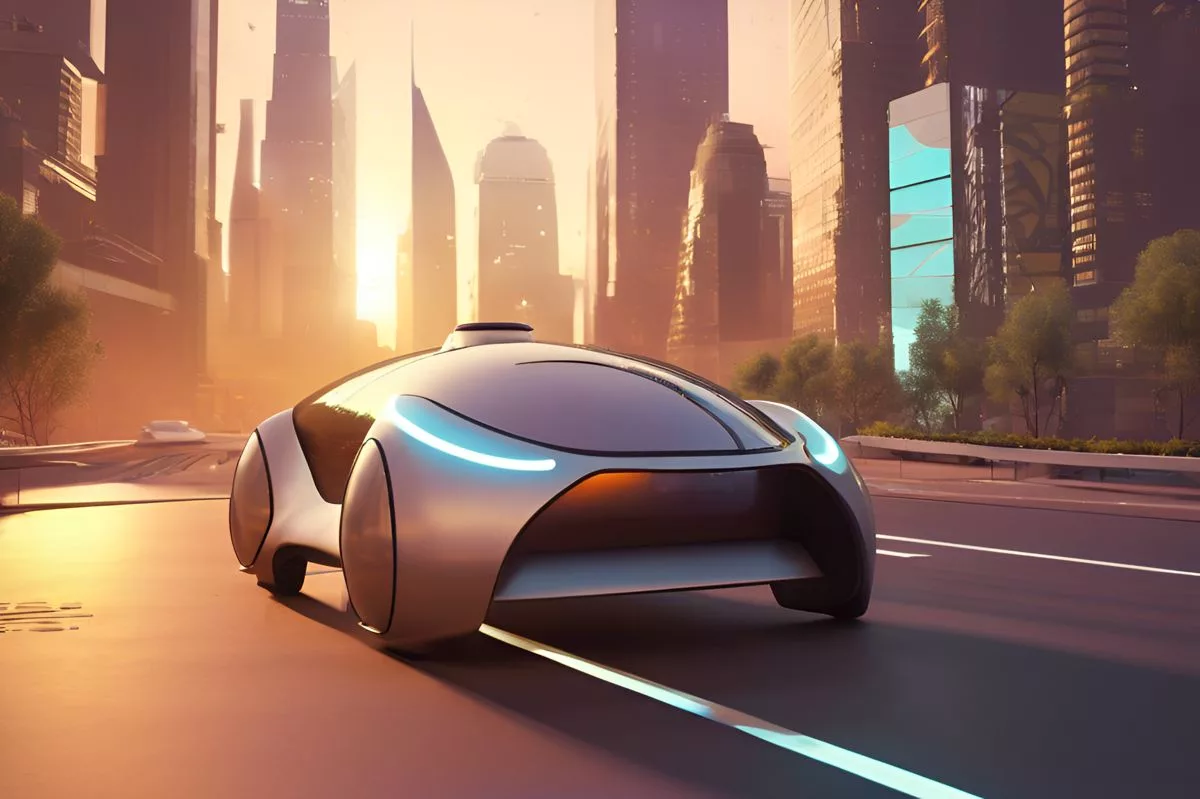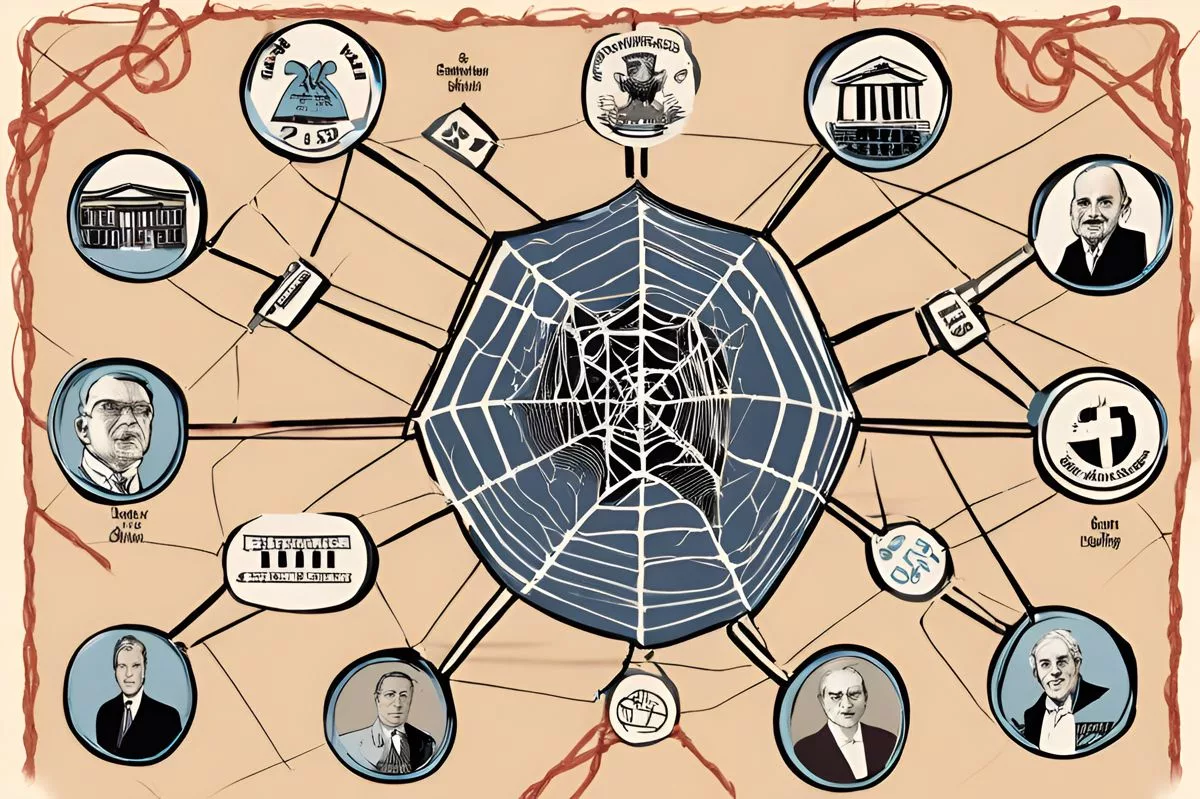Elon Musk and Tesla are leading the way in making self-driving cars a reality. The exciting “We, Robot” event is set to unveil a new robotaxi that could change how we travel, making it safer and accessible for everyone. While competitors like Waymo and Cruise are racing ahead, Musk believes Tesla’s technology will stand out, even if it isn’t the first to hit the roads. As the world eagerly awaits this showcase, the future of transportation hangs in the balance, promising to reshape our daily lives for the better.
What is Tesla’s role in the future of autonomous driving?
Tesla, led by Elon Musk, is at the forefront of autonomous driving innovation. The upcoming “We, Robot” event aims to showcase a prototype robotaxi, potentially transforming transportation by enhancing safety and accessibility, while navigating industry competition and regulatory challenges.
A Visionary in the Spotlight
Elon Musk, a name synonymous with innovation and ambition, commands attention in the rapidly expanding realm of autonomous driving. Known for his disruptive ideas and bold declarations, Musk is at the center of anticipation as Tesla prepares for its highly anticipated “We, Robot” event. Set to unfold at Warner Brothers Studio in Los Angeles, this event promises to showcase Tesla’s ambitious entry into autonomous transportation, a field where speculation and skepticism frequently intermingle.
Tesla has long been recognized as a pioneer in technological advancement, often leading the charge in innovation. However, the specifics of this event remain cloaked in secrecy, generating excitement akin to a blockbuster movie premiere. While Musk has disclosed little about the event’s details, enthusiasts eagerly await the introduction of a prototype robotaxi—an innovation that could revolutionize transportation norms. In this competitive arena, Tesla faces significant rivals like Google’s Waymo and General Motors’ Cruise, both of which have already initiated pilot programs under rigorous regulatory scrutiny.
Despite the challenges, Musk’s confidence in Tesla’s initiative remains unwavering. Emphasizing safety and reliability as crucial benchmarks, he asserts that Tesla’s solution will surpass current options, even if it isn’t the first available. Yet, this assurance unfolds against a backdrop of postponed deadlines and delayed promises. As early as 2018, Musk predicted a future where self-driving technology would make traditional vehicles obsolete. Although this vision is yet to be realized, it is met with cautious optimism from analysts and investors alike.
A Spectrum of Expectations
The excitement surrounding Tesla’s event extends beyond tech enthusiasts, capturing the attention of industry analysts whose forecasts range from measured skepticism to enthusiastic optimism. UBS suggests that widespread deployment might not be imminent, while Wedbush considers the event to be potentially transformative, marking a critical juncture in the history of autonomous driving. This range of perspectives reflects the broader debate on the feasibility and preparedness of autonomous technology for mass use.
Tesla’s pursuit of autonomous driving comes at a pivotal moment, as the broader landscape of self-driving vehicles experiences notable advancements. Companies like Waymo and Cruise have made significant progress in deploying their technologies. Waymo’s service has moved beyond a local curiosity to become a staple in cities like San Francisco and Phoenix. With a fleet exceeding 700 vehicles, Waymo offers a service comparable to ride-hailing giants Uber and Lyft, appealing to both residents and visitors. Meanwhile, Cruise, despite facing challenges, continues to refine its strategy, carefully navigating regulatory pathways to enhance its offerings.
Musk’s criticism of competitors is characteristic and sharp. In a recent earnings call, he dismissed GM’s regulatory explanations and labeled Waymo’s technology as limited. In contrast, Musk envisions Tesla’s technology as a comprehensive solution, adaptable to a variety of environments and conditions. His claims, while ambitious, underscore a fiercely competitive landscape where innovation is essential.
The Broader Implications of Autonomous Innovation
The pursuit of autonomous driving represents a convergence of historical and artistic movements within the larger context of technological advancement. Just as the Industrial Revolution reinvented manufacturing and the Impressionist movement challenged artistic norms, the quest for vehicle autonomy challenges traditional mobility paradigms. It envisions a future where technology integrates seamlessly into daily life, enhancing safety and accessibility.
This narrative of autonomous driving is as much about human ingenuity as it is about machines. It echoes the spirit of exploration and discovery reminiscent of the Age of Enlightenment, where curiosity and intellect propelled society forward. In this spirit, Tesla’s robotaxi event serves as a testament to the relentless pursuit of innovation—a modern-day odyssey with Musk at its helm.
As the unveiling approaches, the ripple effects of Tesla’s advancements extend across various sectors, from automotive to urban planning. The potential benefits of autonomous driving go beyond mere convenience. Advocates highlight its transformative impact on safety, significantly reducing accidents caused by human error. It also promises enhanced mobility for individuals with physical impairments, offering newfound independence and autonomy.
Navigating the Path to Acceptance
Despite the potential benefits, the road to widespread acceptance of autonomous vehicles is fraught with obstacles. Regulatory challenges, technological limitations, and public perception all play crucial roles in shaping the trajectory of self-driving vehicles. Musk’s belief that regulators will endorse proven safety capabilities mirrors an ongoing dialogue between innovators and policymakers. The delicate balance between innovation and regulation becomes a focal point in the broader narrative of technological evolution.
In conclusion, the Tesla robotaxi event transcends a mere corporate unveiling; it reflects the current spirit of the age, a moment where technology, ambition, and societal progress intersect. As the curtain rises on “We, Robot,” the world watches with anticipation, eager to witness the next chapter in the story of autonomous driving. In this unfolding drama, Tesla and Musk continue to challenge norms, pushing the boundaries of what is possible in the relentless pursuit of the future.
“`markdown
FAQ: Tesla and the Future of Autonomous Driving
What is the significance of Tesla’s upcoming “We, Robot” event?
The “We, Robot” event is a highly anticipated showcase where Tesla aims to unveil a prototype robotaxi that could revolutionize transportation by enhancing safety and accessibility. This event is expected to shed light on Tesla’s advancements in autonomous driving technology, positioning the company as a key player in the competitive landscape alongside established rivals like Waymo and Cruise.
How does Elon Musk view Tesla’s technology compared to its competitors?
Elon Musk is confident that Tesla’s autonomous driving technology will stand out due to its emphasis on safety and reliability. He has criticized competitors like Waymo and General Motors’ Cruise for their limitations and regulatory hurdles, asserting that Tesla’s solutions will offer a more comprehensive and adaptable approach for various driving environments.
What challenges does Tesla face in the autonomous driving sector?
Tesla must navigate several challenges, including regulatory scrutiny, technological limitations, and public perception of self-driving vehicles. While competitors have made strides in deploying their technologies, Musk believes that overcoming these obstacles is essential for widespread acceptance and success in the autonomous driving market.
What potential impacts could Tesla’s robotaxi have on society?
The introduction of Tesla’s robotaxi could significantly transform transportation systems, potentially reducing accidents caused by human error and enhancing mobility for individuals with disabilities. This technology aims to integrate seamlessly into daily life, revolutionizing how people travel and interact with urban environments.
How has the industry reacted to Tesla’s ambitions in autonomous driving?
The reactions to Tesla’s ambitions range from cautious skepticism to enthusiastic optimism among industry analysts. While some believe that the widespread deployment of autonomous vehicles is still far off, others view the “We, Robot” event as a pivotal moment that could alter the trajectory of the autonomous driving landscape.
What is the broader narrative surrounding autonomous driving technology?
The pursuit of autonomous driving reflects a significant shift in transportation technology, paralleling historical movements like the Industrial Revolution. It embodies the spirit of innovation and exploration, aiming to redefine mobility norms and integrate technological advancements into everyday life while addressing safety and accessibility concerns.
“`












